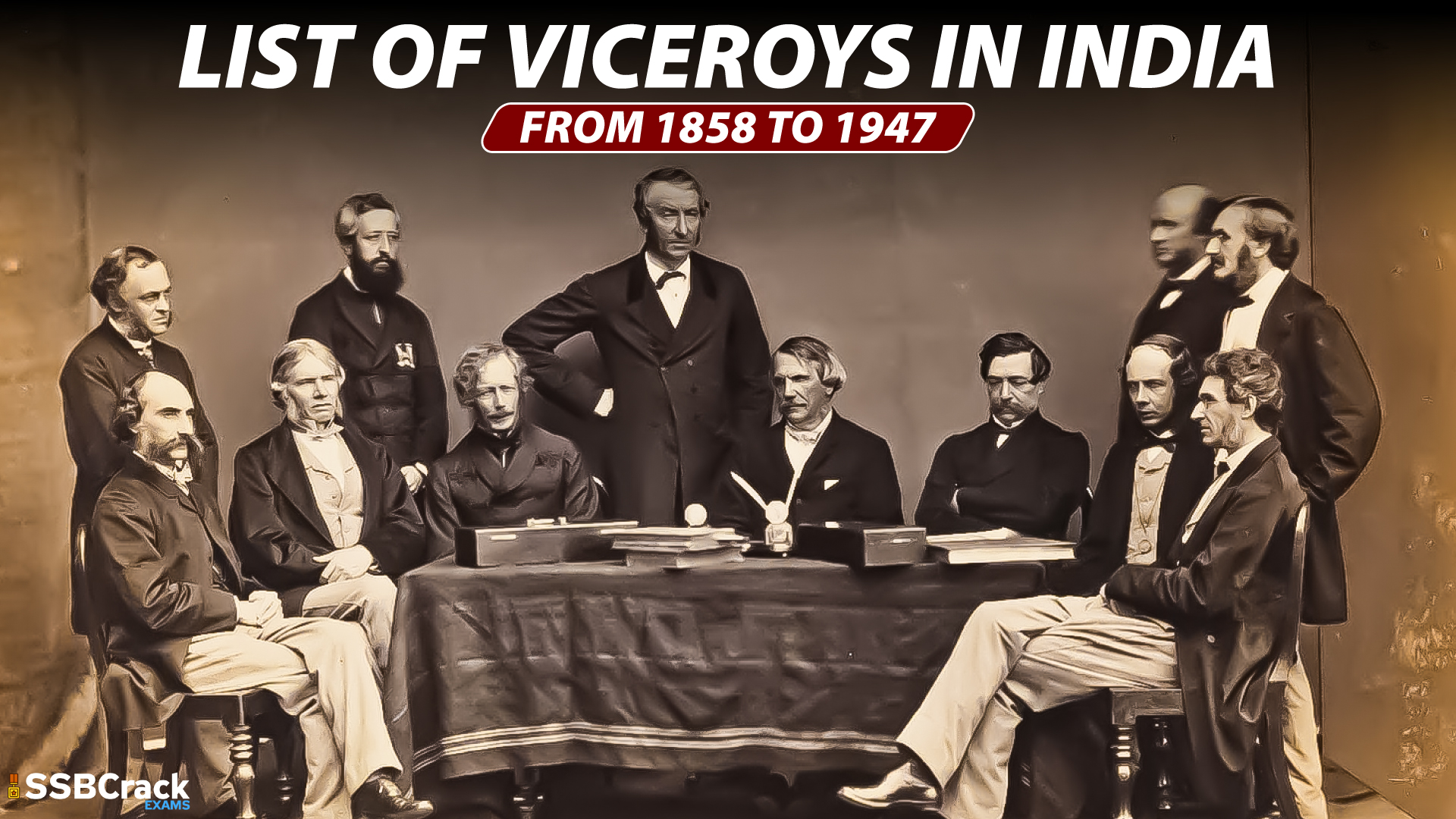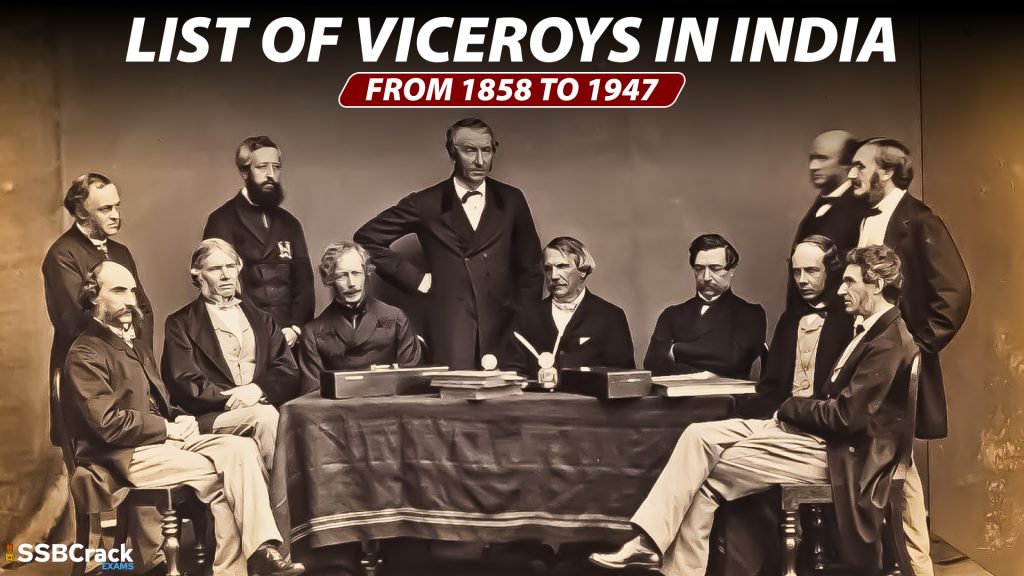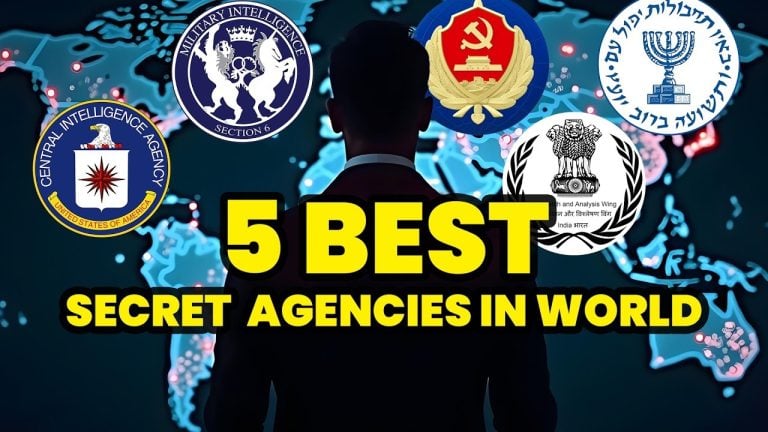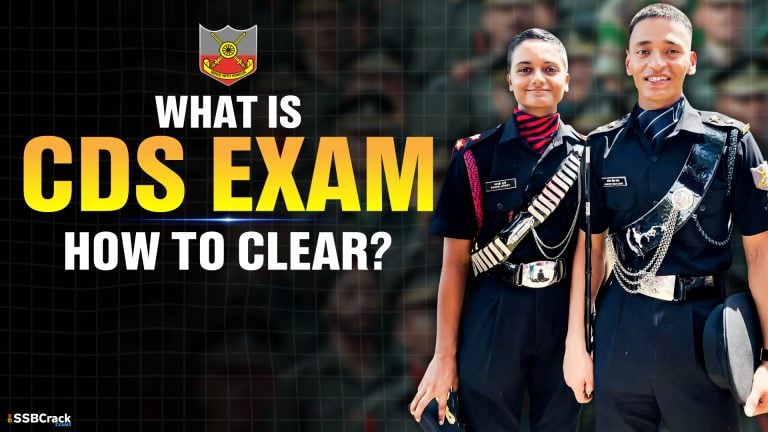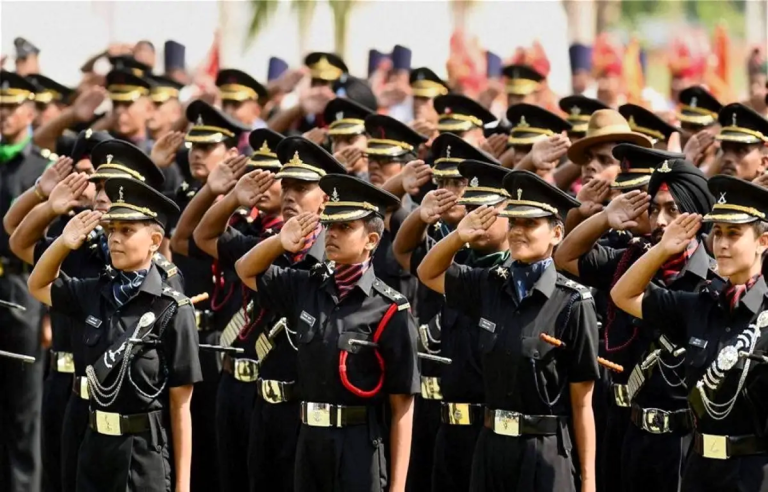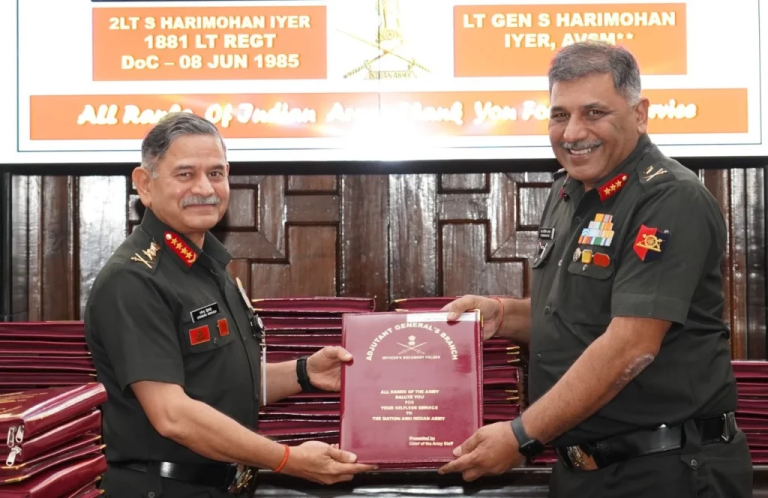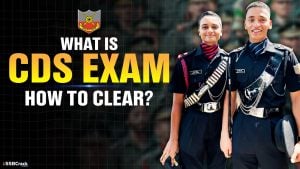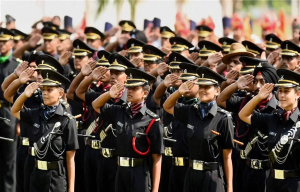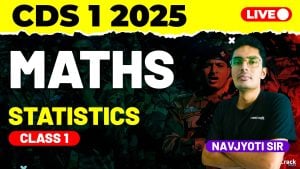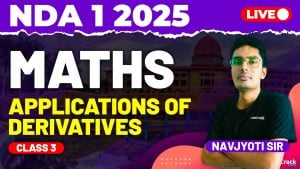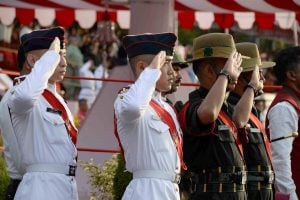Viceroy is a ruler exercising authority in a colony on behalf of a sovereign. in 1898, the office of Viceroy of India was ‘the greatest position in the English world next to the Queen and Prime Minister’. This coveted, yet dangerous, role, with its highly unusual, quasi-royal character, had come into being in the aftermath of the Indian Uprising, when Queen Victoria was declared sovereign of British India in 1858. With this statutory change, her representative in the subcontinent was elevated from the bureaucratic title of Governor-General to the majestic one of Viceroy.
Over the next eighty-nine years, twenty four men were called upon to embody the role of Viceroy. Each brought their individual character to bear on the task of performing royalty in the name of the British monarch, using the regal practices of the Mughals. Focusing on a selection of portraits relating to key moments in the Viceroy era, this display explores the changing characteristics of the role. Looking to mark the involvement of Indian protagonists, it ends with Henri Cartier-Bresson’s jubilant image of the departure of the last Viceroy, Lord Mountbatten, in the presence of India’s new Prime Minister, Jawaharlal Nehru. Let’s have a look at all the viceroy’s from in India from 1858 to 1947 ;-
| Viceroy | Tenure | Achievement |
| Lord Canning | 1858-1862 | Abolished doctrine of lapse |
| Lord Elgin | 1862 – 1863 | Wahabi Movement |
| Lord Lawrence | 1864 – 1869 | Establishment of High court in Calcutta, Madras during his reign. Anglo-Bhutanese war |
| Lord Mayo | 1869 – 1872 | Financial Distribution between centre and state introduced for the first time First Census in 1872 Mayo College for the royal elite was set up Lord Mayo was the only Governor-General who was killed in India. He was killed by Sher Ali Afridi in Port Blair Establishment of Statistical Survey of India |
| Lord Northbrook | 1872 – 1876 | Civil Marriage and Arya Samaj marriage introduced Universal Marriage Act introduced in 1872 Inter-caste Marriage allowed Kuka Movement in Punjab |
| Lord Lytton | 1876 – 1880 | Vernacular Press Act, 1878 Arms Act, 1878 Nationalist view – Due to High rate of taxation purchasing power had reduced. Government view – Drought is natural phenomena due to which people became poor Ignored severe famine and organized durbar. Proclaimed Queen Victoria “The Empress of India” Abolished tax on cotton for British traders Maximum age to take up civil services exam lowered from 21 to 19 |
| Lord Ripon | 1880 – 1884 | Was the most loved Governor-General Repealed the controversial Arms and Vernacular press act Set up Local self-governments – Panchayats and Municipal Boards due to which he was known as Father of Self Government 2 new universities opened – Punjab University 1884, Allahabad University 1887 Illbert Bill – Indian judge cannot try English Judge Appointment of Hunter Commission |
| Lord Dufferin | 1884 – 1888 | III Anglo-‐Burmese war (1885-‐1886) Indian National Congress was founded in 1885 |
| Lord Lansdowne | 1888 – 1894 | Indian Councils Act, 1892 (Indirect election was introduced for the first time) Factory Act, 1891 |
| Lord Elgin II | 1894 – 1899 | First British Officer called Rands was killed. He was killed by Chapekar (Ramkrishna & Damodar) Brothers. This was the first political murder. |
| Lord Curzon | 1899 – 1905 | Indian Universities act – to control Indian Universities Raleigh Commission Partition of Bengal Curzon-Kitchener controversy |
| Lord Minto II | 1905 – 1910 | Morley – Minto reforms |
| Lord Hardinge II | 1910 – 1916 | Mesopotamian Campaign Transfer of Capital from Calcutta to Delhi Hindu Mahasabha was established by Madan Mohan Malaviya |
| Lord Chelmsford | 1916 – 1921 | Home Rule League Movements Rowlatt Act was passed Montague – Chelmsford reform was passed |
| Lord Reading | 1921 – 1926 | Swaraj Party was formed Chauri – Chaura incident took place |
| Lord Irwin | 1926 – 1931 | Launch of civil disobedience movement and Dandi march First round table conference was held |
| Lord Willingdon | 1931 – 1936 | Second & Third Round Table Conference Poona pact was signed Communal award was started |
| Lord Linlithgow | 1936 – 1944 | Cripps Mission Quit India movement |
| Lord Wavell | 1944 – 1947 | CR Formula 1944 Launch of Direct Action day Wavell Plan & Shimla conference |
| Lord Mountbatten | 1947-48 | June 3rd Plan Last Viceroy and First Governor-General of free India |
Upon independence in August 1947, the title of viceroy was abolished. The representative of the British Sovereign became known once again as the governor-general. C. Rajagopalachari became the only Indian governor-general.
Also Read:
- List Of Schedules Of Indian Constitution: Indian Polity Notes For Defence Exams
- Fundamental Duties: Indian Polity Notes For Defence Exams
- The President Of India: Indian Polity Notes For Defence Exams
- Directive Principles Of State Policy: Indian Polity Notes For Defence Exams
- 5 Types Of Writs Indian Polity Notes For Defence Exam

